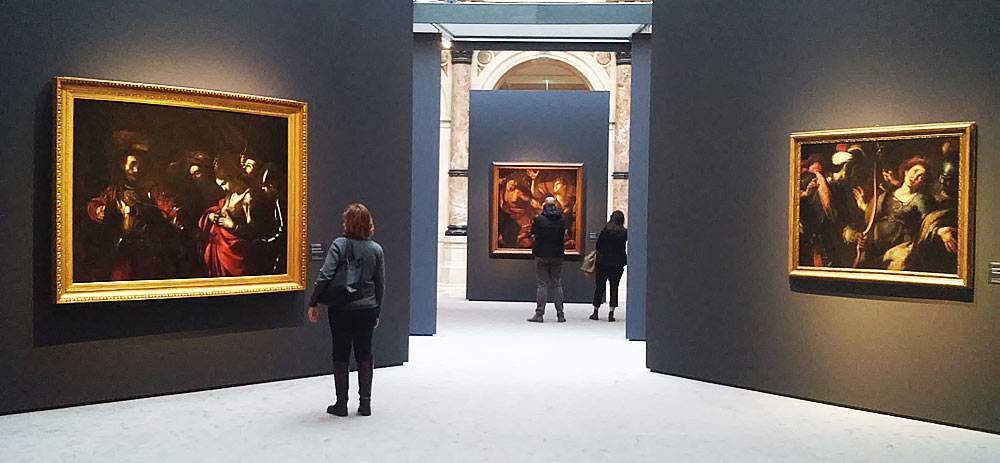The five fundamental questions of culture after the coronavirus. What were we like? What will we be like?
It is not clear to anyone how we will live once the Manzonian seclusion is over. That in this uncertainty, in many ways unprecedented and certainly unexpected, there is concern about the very survival of the cultural system is inescapable. By the same token, it is understandable that the discussion focuses on supportive, largely life-saving, financial instruments. But perhaps in order to imagine and perhaps build the future of the cultural system, it might be useful to try to remind ourselves how it was until March, without pretending that it was working effectively.
The suspension of the daily tribulations simply accelerated and dramatized a takeover that had seemed inescapable for some years. The crisis (a decisive phase in Greek antic) can be a valuable opportunity to focus on the structure, resources and orientations of Italian culture in the light of a society that is becoming increasingly complex and sophisticated and that instead the cultural milieu stubbornly persists in considering ignorant and superficial. It is time to go back for a moment to focus on the fragilities that have been evident for some time and that the crisis is only emphasizing.
Let us leave for last the financial issue (whose dynamics should encourage growth and system consolidation), and let us reason about the fundamentals. First issue: the cultural infrastructure and its relationship with the urban territory. Wonderful places but lacking real narrative pathways, gilded repositories of an often crystallized and poorly displayed offer; isolated from the spaces of the city and tending to be unwilling to welcome society, except for superficial and unconstructive initiatives: yoga, zumba, beauty contests, and anything that keeps lattention out of the cultural experience.
Second issue: technological options and possible synergies between analog and digital. Technology still remains a foreign body for most museums, theaters, archaeological sites, and cultural venues. People continue to brandish the dogma of context, forgetting that almost all the works exhibited in museums were not created for their current location; they believe that digital is unnatural while tags and wall panels survive; they tread what little of the web they can without feeling sinful, reproducing obsolete analog protocols (press releases on social media).
 |
| Visitors to the exhibition at the Gallerie d’Italia in Milan. |
Third issue: the horizontal breakdown by sectors, and the vertical breakdown by conventional hierarchies. Precisely in times of hybridization, fertilization and versatility, the cultural system persists in protecting itself behind obsolete taxonomic cages. Anyone who is passionate handcrafts and intensely connects visits, readings, listening, explorations and any experience that can enrich and integrate the cultural value chain. Failure to encourage this path accentuates the extraneousness of the users, based on the ennenn dogma: the moral duty to learn, understand and approve.
Fourth issue: human resources, their spectrum of action and the strategic framework of management.Professionals of the highest level and in-depth specialization are forced into rigid and mutually impermeable operational cages. This is aggravated by the reliance on outside providers of services that insiders would offer with more motivation and often with far higher quality. The management level is reduced by asphyxiated regulations to a bureaucratic function: any entrepreneurial temptation is completely discouraged, as are alliances and synergies within and outside the system itself.
Fifth issue: asset endowment and financial flowsî. A majority share of cultural heritage is buried in deposits. A widespread location of it (in a relevant, secure and perhaps eloquent way) could redraw the map of culture in Italian cities, intensify the dialogue with society and the public, and increase and options for participation, consensus and support that would strengthen both the coherence of public support and the attention of private enterprises. Financial support is tied to regulations that are censorious or indifferent to the strategies pursued.
In short, it is time to build a cultural system that proves to be in line with the spirit of the times, and with the new demands to reshape our relationship with space and time in a softer way: to extend the network of exhibition and theater spaces outside the davorio towers; to soften the time scanning and encourage widespread presence in cultural venues; to effectively hybridize analog and digital glossaries by broadening the spectrum of services and relations;to make cultural work versatile and flexible without subtracting protections and guarantees. In short, to be contemporary.
Warning: the translation into English of the original Italian article was created using automatic tools. We undertake to review all articles, but we do not guarantee the total absence of inaccuracies in the translation due to the program. You can find the original by clicking on the ITA button. If you find any mistake,please contact us.



























